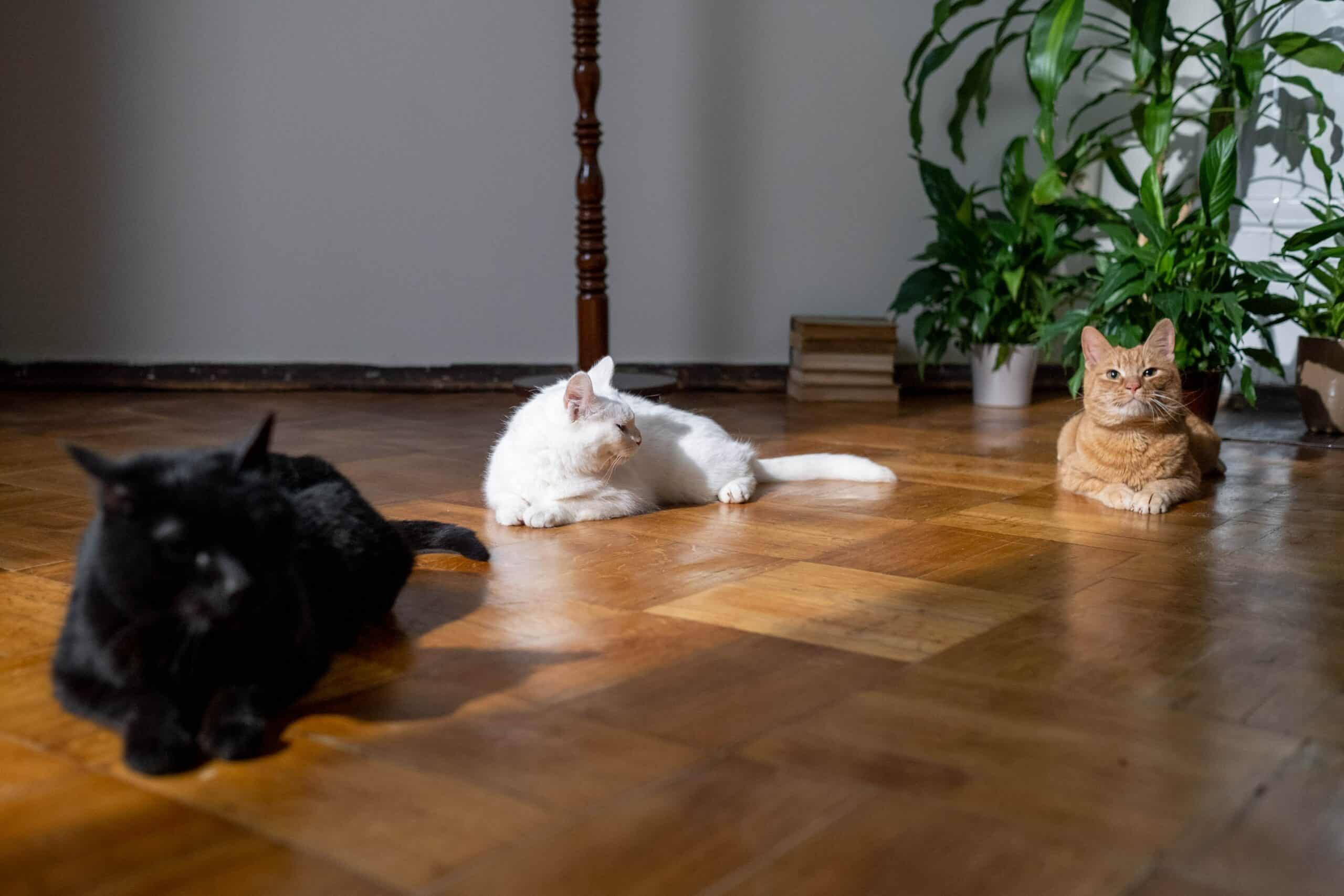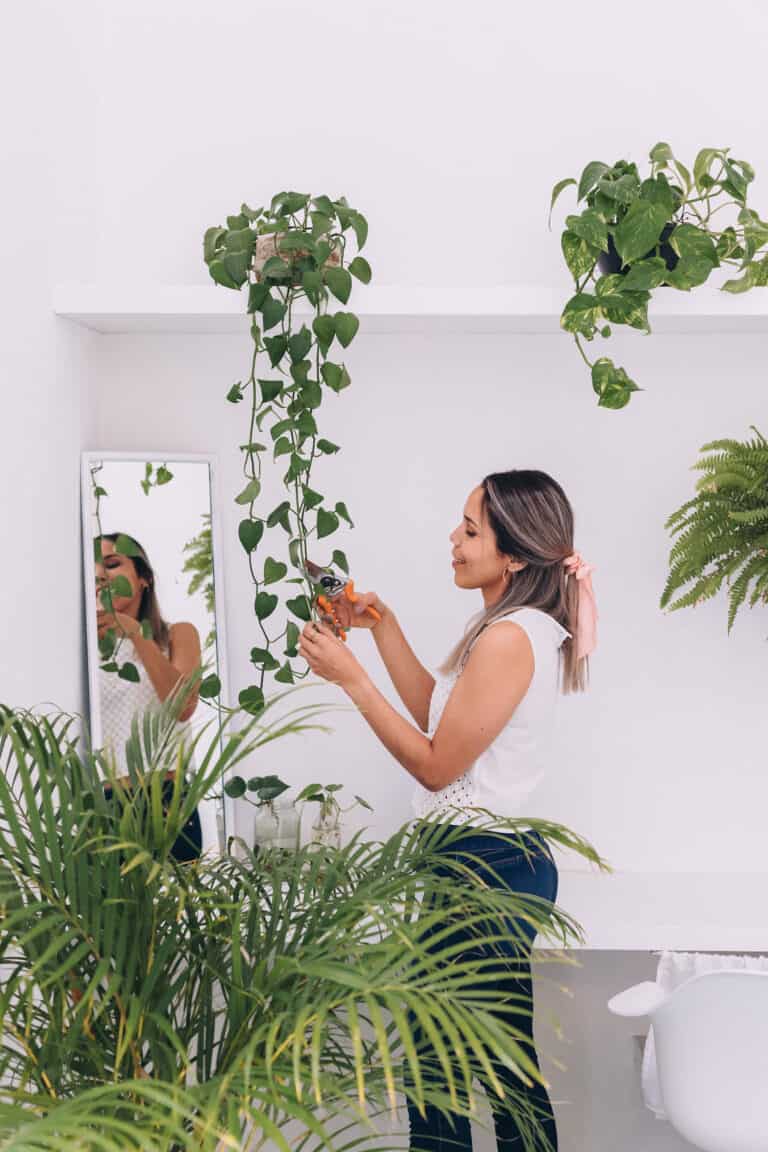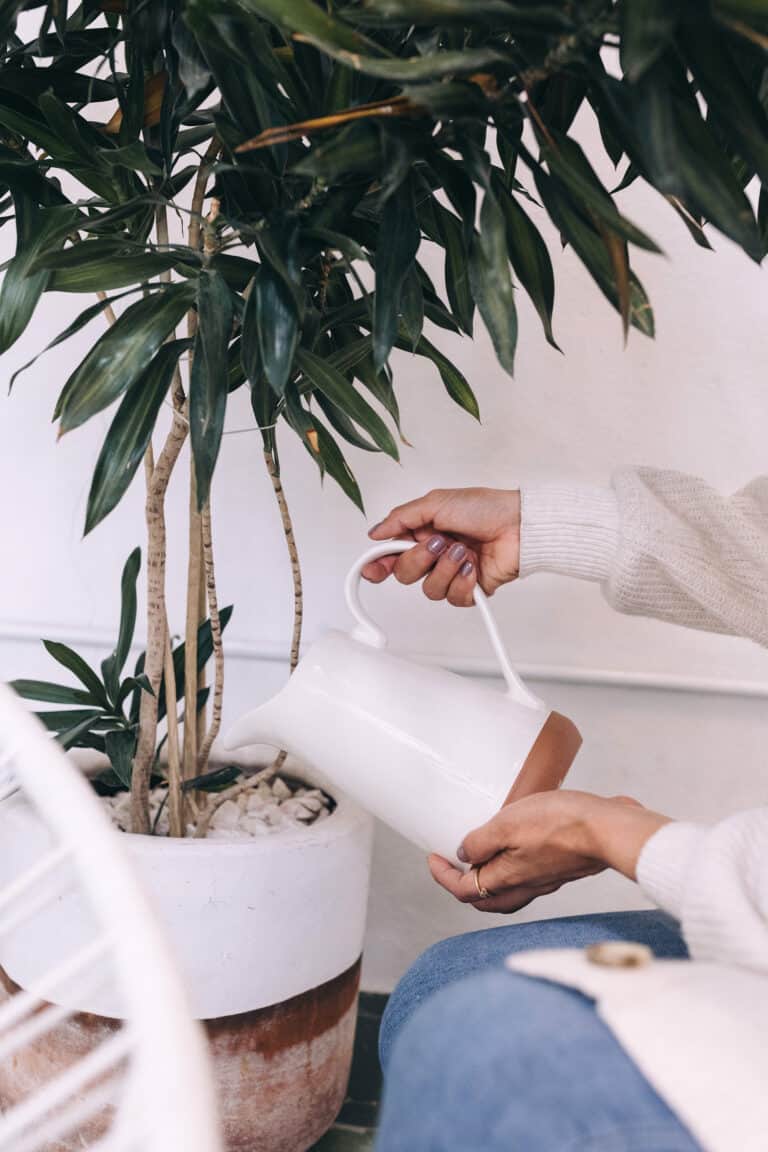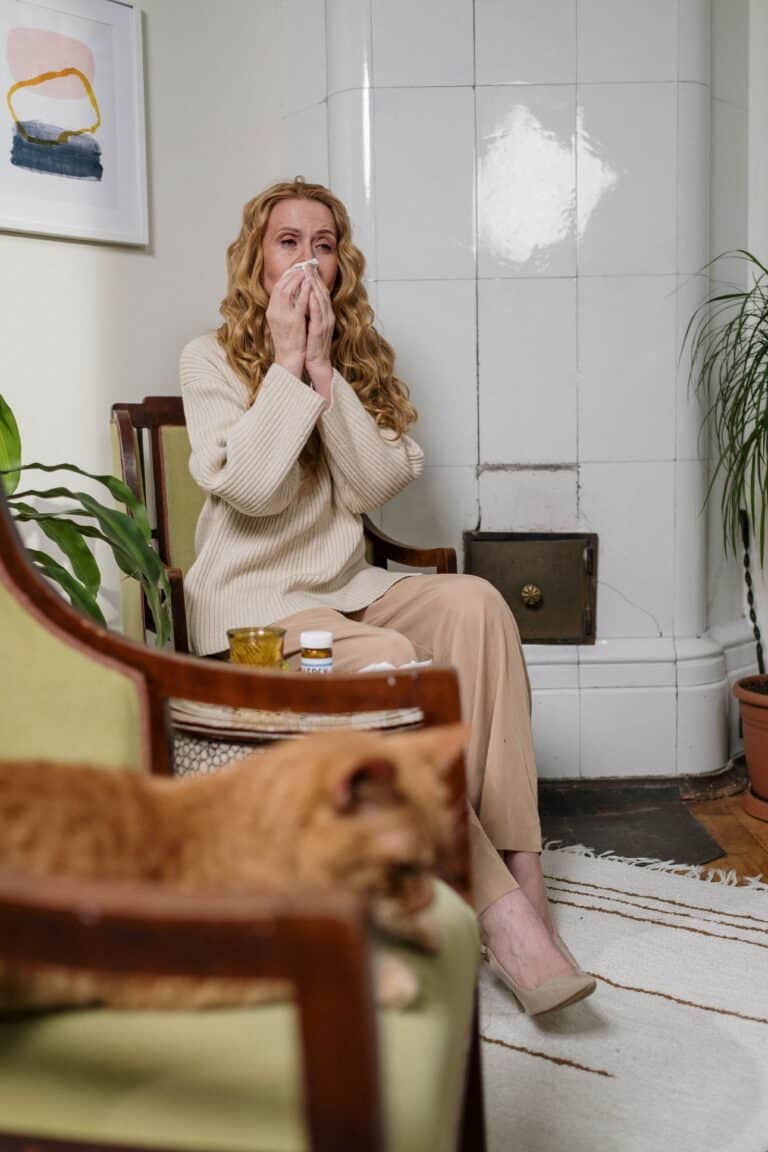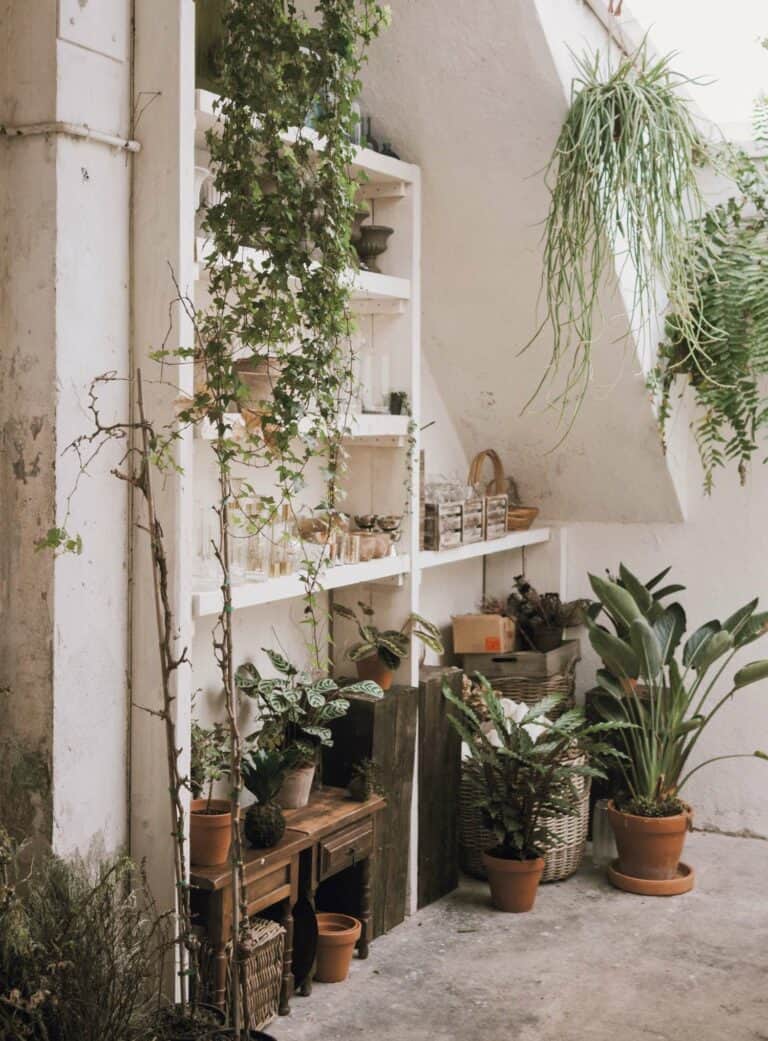Are ZZ Plants Toxic To Cats and Dogs?
One minute I’m absolutely in love with my new ZZ plant… And the next, I’m frantically Googling, “are ZZ plants toxic to pets?”
The plant I couldn’t wait to bring home might actually be a danger to my fur babies!
The good news is I’ve done my research and am here to share my findings.
Is the ZZ plant hiding a toxin behind those gorgeous, glossy leaves? Are we unknowingly putting our pets at risk by adding them to our indoor plant collection?
It’s time to dive deep into the world of pet-friendly houseplants and find out #TheTruth.
In this blog post, we’re gonna cover:
- What makes a plant toxic to pets, and are ZZ plants really part of that crew?
- How to spot the signs of pet poisoning (God forbid our pets ever encounter a dangerously toxic plant).
- Some tips and tricks to keep our pets safe without sacrificing our love for beautiful houseplants.
… Let’s go!
Native to eastern Africa… Gorgeous, shiny leaves… Easy to maintain (even for us serial plant killers🙈). Can I get an #Amen!?
The Toxic Truth
Drumroll please… Yes,my friends, ZZ Plants ARE, in fact, toxic to pets. Ugh!
So, if ingested by our fur babies, they can cause some nasty side effects like vomiting, diarrhea, irritation, and even more severe issues.
Not pretty, I know. Let’s pause for pet parents’ collective gasping …
What Makes a Plant Toxic to Pets
Here’s the deal: some plants contain substances that can cause harm if ingested by our fluffy (or scaly) little friends. And yes, I have to break it to you – ZZ plants fall into that category.
They contain calcium oxalate crystals that, if bitten or chewed by your dog, cat, or other pet, can lead to drooling, vomiting, and even difficulty swallowing.
How to Spot the Signs of Pet Poisoning
No one ever wants to think about their pet getting poisoned, but it’s important to recognize the signs, just in case. God forbid our pets ever encounter a dangerously toxic plant, look out for these red flags:
- Excessive drooling
- Vomiting
- Diarrhea
- Loss of appetite
- Difficulty swallowing
- Swelling around the mouth area
- Lethargy
- Difficulty breathing
If you notice any of these symptoms, contact your vet ASAP. Prevention is the best medicine, but knowing the signs could be a lifesaver (literally).
Some Tips and Tricks to Keep Our Pets Safe Without Sacrificing Our Love for Beautiful Houseplants
I know what you’re thinking… “Is it even possible to have both without one destroying the other?” Well, my plant-loving, pet-adoring friends, the answer is a resounding YES!
Choosing the Right (and Safe!) Houseplants
First things first, let’s talk about pet-safe houseplants – because, let’s face it, your furry friend’s well-being comes first! Here’s a list of popular and safe houseplants to add to your indoor jungle:
- Spider plant (Chlorophytum comosum)
- Boston fern (Nephrolepis exaltata)
- African violet (Saintpaulia)
- Baby tears (Soleirolia soleirolii)
- Areca palm (Dypsis lutescens)
Just remember to do a quick Google search before bringing a new plant home… better safe than sorry!
Plant Placement: #OutOfPawsReach
Your furry little friend loves to explore, so make sure to place your plants (especially the not-so-pet-friendly ones) out of their reach.
Use plant stands, hang plants from the ceiling, or place them on high shelves – just think creatively! You’ll be amazed at how your green-filled oasis can look even more stunning with a little bit of elevation!
Keep ‘Em Busy: A Happy Pet = A Happy Plant
A bored pet spells disaster for both your plants and your favorite couch. The solution? Keep your pets entertained!
Think toys, scratch posts, interactive feeding systems… there are SO MANY options to choose from. And hey, a well-exercised pet is not only happier but also less likely to wreak havoc on your precious plant babies!
Pet-Proofing? You Bet!
Sometimes, even the most well-behaved pets can’t resist a nibble (or two). So, apart from keeping your home clutter-free, consider pet-proofing your houseplants.
Use planters with sturdy bases, add a layer of rocks or gravel on top of the soil, or enclose your plants in a terrarium.
When in Doubt… Train, Train, Train!
Now, this may be a bit harder than teaching an old dog new tricks, but it’s totally worth it. Train your pets (cats and dogs) to stay away from your plants using positive reinforcement and consistency.
You’ll be amazed at how successful this training can be… and your plants will definitely thank you for it.
Embrace the #GreenThumbLife WithYour Furry Friend
See? It’s absolutely possible to create a gorgeous, green indoor sanctuary while keeping it safe for your beloved pets. Just follow these tips and tricks, and you’ll be well on your way to enjoying the best of both worlds.
And when in doubt, keep your ZZ plant away from your curious pup (or cat). Better safe than sorry – right?
I hope this post has helped you feel better about incorporating plants into your home without putting pets at risk.
Ready to dig deeper into pet-friendly plants and gardening tips? Explore our website and find more amazing ideas and plant options that are suitable for your home…
And don’t forget to leave a comment below

